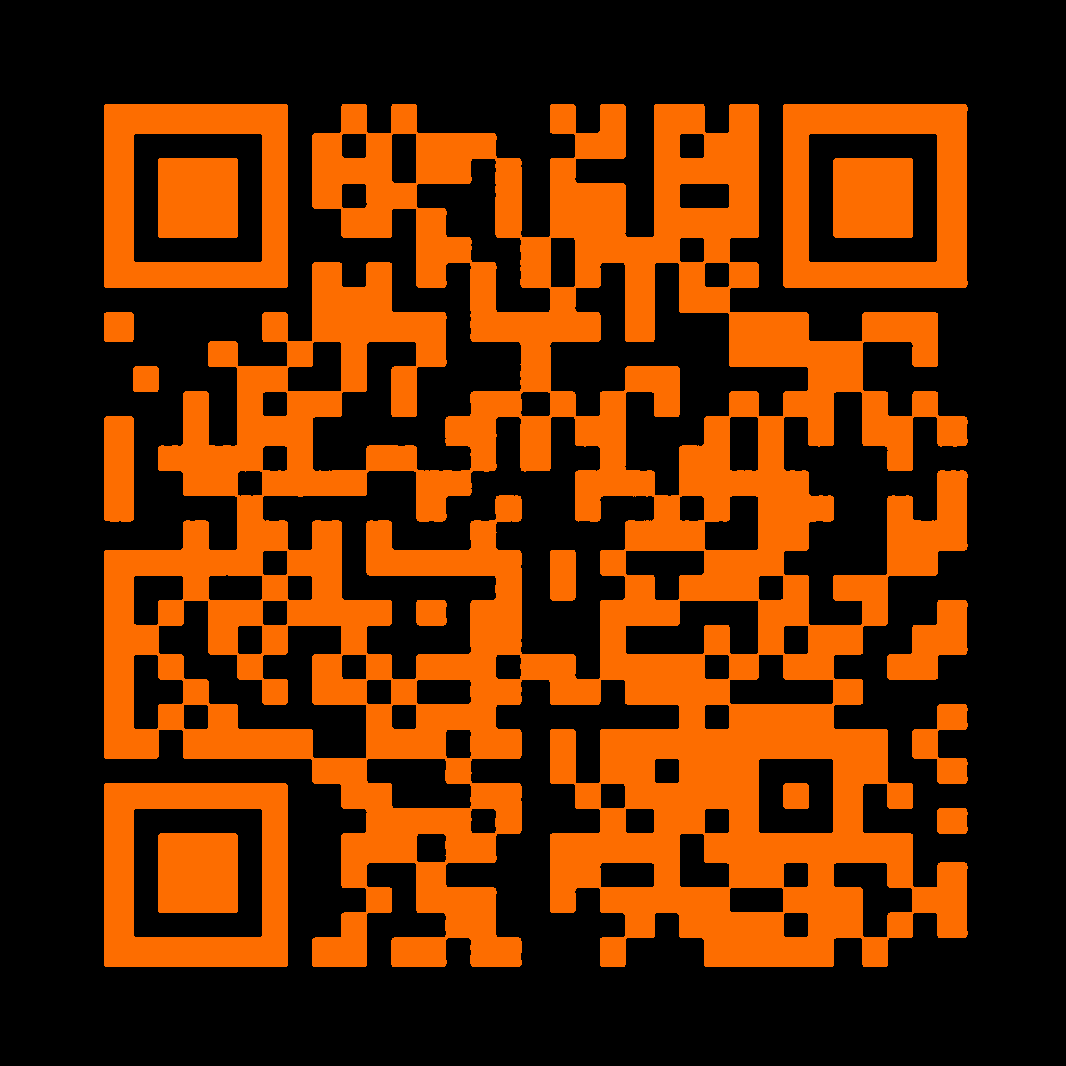In 79 AD, in the ancient Roman town of Herculaneum, twenty meters of hot mud and ash buried an enormous villa once owned by the father-in-law of Julius Caesar. Inside, there was a vast library of papyrus scrolls.
The scrolls were carbonized by the heat of the volcanic debris, but they were trapped underground where they remained preserved.
It wasn’t until the 1750s that the scrolls were discovered, but they were fragile and resistant to being opened and read.
Then, in 2015, researchers used X-ray tomography and computer vision to virtually unwrap the scrolls.
Last year, the Vesuvius Challenge was launched by Nat Friedman, Daniel Gross, and Brent Seales to crowdsource the process of reconstructing the text from the scrolls.
Juli Schilliger and Youssef Nader are two members from the winning team. They join the show to talk about the computational approaches they used to reconstruct the scroll text.
For interested listeners, the 2024 Vesuvius Challenge is now live, with new challenges and prizes. Check out ScrollPrize.org to learn more.
Jordi Mon Companys is a product manager and marketer that specializes in software delivery, developer experience, cloud native and open source. He has developed his career at companies like GitLab, Weaveworks, Harness and other platform and devtool providers. His interests range from software supply chain security to open source innovation. You can reach out to him on Twitter at @jordimonpmm
The post The Vesuvius Challenge with Juli Schilliger and Youssef Nader appeared first on Software Engineering Daily.

